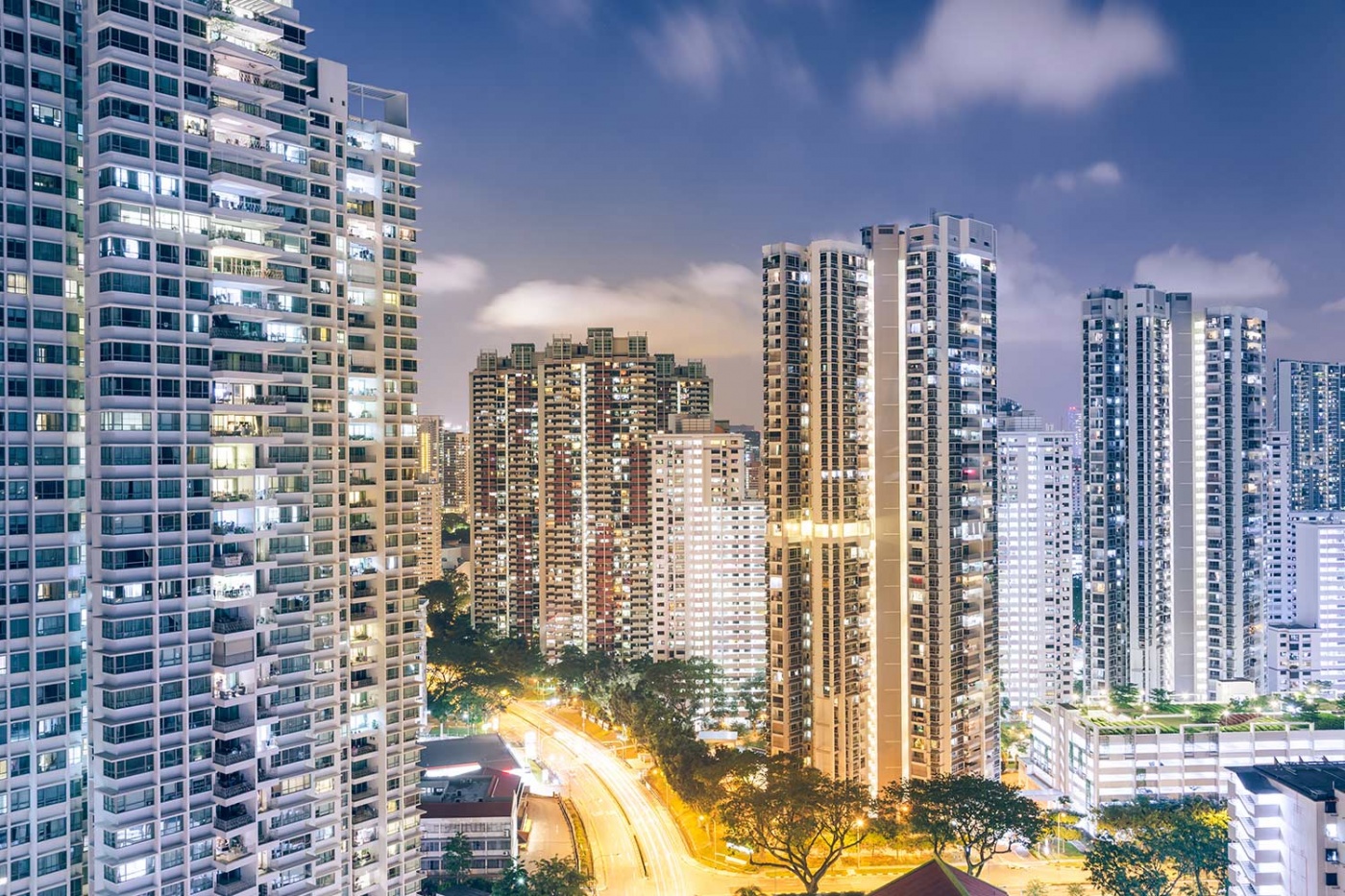Singapore Private Home Prices Rise 2.9% in Q1
A bounce back in confidence on gradual economic recovery and the vaccine rollout, the availability of ample liquidity, as well as healthy housing demand have helped to spur home values in Q1 2021. In addition, market sentiment has improved as reflected by the strong take-up of new project launches that are attractively-priced and well located. The low interest rate environment also strengthened buying power and supported home financing.
The flash estimate from the Urban Redevelopment Authority (URA) showed that overall private home prices rose by 2.9 per cent in Q1 2021—representing the fourth straight quarter of price growth.
The price increase in Q1 2021 was led by the landed private residential property segment which saw home values climb by 5.6 per cent during the quarter. Meanwhile, non-landed private home prices rose by 2.1 per cent, according to the flash estimate. Within the non-landed property segment, home prices in the Rest of Central Region (RCR) posted the strongest growth at 6.1 per cent, while the Outside Central Region (OCR) recorded a 0.9 per cent price gain. In contrast, home values in the Core Central Region (CCR) dipped by 0.3 per cent from Q4 2020 to Q1 2021.
Ismail Gafoor, CEO of PropNex, said, “The performance of the private residential market exceeded expectations in 2020 and the main drivers that have spurred sales and supported prices last year continued to propel the market in Q1 2021. Specifically, the ample liquidity in the market, low interest rates, and rising optimism remain the key catalysts for sales, which helped to support prices.
The estimated 2.9 per centincrease in private home prices in Q1 2021 was unsurprising, given the healthy demand across the new home sale and resale markets. Factoring the latest flash estimate, overall private home values have risen by 6.2 per cent over the past year, with the bulk of the increase taking place in Q4 2020 and Q1 2021—where prices collectively increased by about 5.1 per cent over the two quarters.
Looking back, when the government intervened with fresh cooling measures in July 2018, it noted that prices rose sharply by about 9 per cent over the preceding four quarters and that demand had recovered strongly. While prices have not risen as much this time, the pace of price growth, particularly in the last two quarters will certainly draw the government’s attention and may heighten the risk of new cooling measures being introduced down the road. We believe the final pricing data for Q1 and Q2 this year will be closely watched and a stronger pick-up in home values could likely trigger new measures to keep prices in check.
In Q1 2021, new launches that were priced sensitively were well-received, as seen by the robust take-up at some projects, such as Normanton Park, The Reef At King’s Dock, Parc Central Residences EC, and more recently at Midtown Modern. Quantum play will remain a key pricing strategy for developers in driving sales momentum. Based on caveats lodged, the average price quantum of non-landed new homes sold between January and end-March 2021 was about $1.6 million, fairly in line with that of Q4 2020. Such a price point is still relatively attractive to many buyers and investors. Meanwhile, over in the private residential resale market, we observe that resale prices have crept up in recent months, driven by the strong demand and also perhaps taking a cue from the firm prices in the new launch segment and the recovery in HDB resale prices.
The flash estimate released by the Housing and Development Board (HDB) showed that resale prices of public housing flats rose by 2.8 per cent in Q1 2021. With an index reading of 142.0 in Q1 2021, the HDB resale price index is now 5 per cent below the recent peak in Q2 2013.
Wong Siew Ying, Head of Research and Content, PropNex, commented, “HDB resale prices continued to climb in Q1 2021 amid the healthy demand for resale flats. Including the latest estimate, HDB resale prices have risen by about 8 per cent over the past four quarters—a pace which we think is still relatively sustainable. Prior to its recovery from the second half of 2019, the HDB resale price index had notched six consecutive years of decline from 2013 to 2018.
As prices recover, some HDB flat owners may see this as an opportune time to sell their flat and trade up to a private home. In addition, there is a sizable number of HDB flat owners due to complete their 5-year Minimum Occupation Period this year—we estimate that this could be over 25,000 flats—which will enable them to sell their unit on the resale market. The potential injection of more resale flats into the market will help to stimulate demand, while transactions of newer flats – which tend to command a higher price – will prop up values. For the whole of 2021, we forecast that HDB resale prices could grow by 4 per cent to 5 per cent, barring any unforeseen events.”


